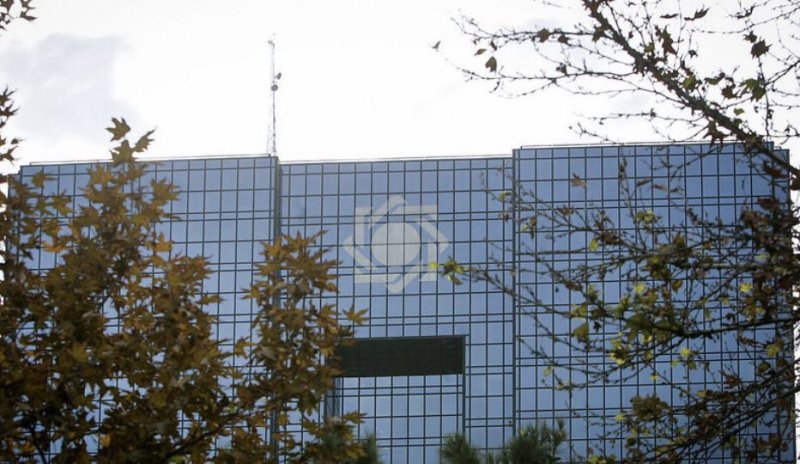What Goes On Behind the Scenes at the Central Bank – Part Two
What Goes On Behind the Scenes at the Central Bank – In the second part of the Central Bank’s behind-the-scenes dossier, the issue of interventions by some managers of this institution, which violate the independence of the Central Bank, is addressed. This institution, which should practically be separate from the government, has always enjoyed a degree of relative independence in the past.
In periods like the presidencies of Nourbakhsh, Sheibani, and Hemmati, this independence was more tangible. However, during the presidency of Ali Salehabadi, this independence is not only unfelt but, on the contrary, the Central Bank has become one of the government’s subsidiaries.
A subsidiary that considers justifying the policies of the thirteenth government as its main duty and tries to pave the way for the implementation of the cabinet’s unreasonable and unscientific policies. This report addresses the role of some figures present in the Central Bank in violating the fragile independence of this institution from the executive branch.
Justification After Justification
In the 14 months since Ali Salehabadi’s presidency at the Central Bank, this institution has consistently moved in the direction of justifying the government’s economic policies. In some instances, just hours after Ebrahim Raisi’s interviews and the presentation of dubious statistics, the head of the Central Bank has been seen appearing immediately in front of cameras, providing strange and surprising reports on the people’s living conditions to endorse the thirteenth government’s leader.
However, according to unofficial news available to Iran Gate, the role of some figures in adopting such stances is much more significant than other current managers of this institution. Of course, it should not be forgotten that Ali Salehabadi’s approach is also precisely aligned with the government’s justification policies, but people do not see what’s behind the podiums and are naturally unaware of the behind-the-scenes events.
As mentioned in the first part of this dossier, Saeed Mostashar, the Deputy of Administrative Affairs of the Central Bank, is one of the most important behind-the-scenes figures in this institution. His footprint is clearly visible in the government’s interventions in the managerial affairs of this policymaking institution. Of course, other individuals also play important roles in this section, but according to the information mentioned in the previous part and the existing evidence, Mostashar’s hand is significantly open in this matter.
Response After Response
One of the areas that can establish the Central Bank’s independence is its public relations department. Naturally, the manager of this section also plays a very important role in this regard, but the performance of the Central Bank over the past 14 months has shown no signs of positions independent of what the government prefers.
However, this deficiency is not only related to the government’s view of the Central Bank but also the thirteenth government’s information headquarters has generally turned all relevant institutions into official and unofficial platforms of Ebrahim Raisi’s government. Platforms that are constantly issuing strong responses against even the smallest criticism published in the country’s official media.
But as mentioned, this should not have happened for the Central Bank because efforts have been made to at least outwardly present the Central Bank as an independent institution. However, during Ali Salehabadi’s management, the usual formalities have been set aside, and the Central Bank practically considers itself a subsidiary of the executive branch.
The procedure is such that the government’s information headquarters, which has recently become a place for preparing and formulating the government’s media strategy, is constantly reviewing criticisms published in domestic media.
This media monitoring not only does not result in research to address deficiencies but ultimately leads to the production of a list of more visible criticisms, which, depending on their subject, assigns responsibilities to the relevant institutions. In fact, the government’s information headquarters forces ministries, organizations, departments, and recently the Central Bank to issue responses to criticisms.
As previously mentioned, even if such an approach is executable and justifiable, it should have reached the Central Bank as a last resort. However, this policymaking institution, independent of the government, has taken the lead and has adopted a justification approach toward the government’s performance from the very first days of the thirteenth cabinet’s formation.
In this regard, Saeed Mostashar’s role is very clear. It is said that he consolidates the reports of the government’s information headquarters and refers them for response issuance to the Central Bank’s public relations. This is while the Central Bank is a sovereign and non-partisan institution and should operate independently of the three branches of government. However, the response-writing procedure that Salehabadi and the team stationed at the Central Bank have adopted has kept this institution away from its main mission.
A mission that is to maintain the value of the Rial, with its tools being the control of inflation through monetary and banking levers, which are used in all healthy economies worldwide. However, Ali Salehabadi has currently downgraded the Central Bank’s status from a policymaking and supervisory authority to an institution meant to present the government’s economic team’s record in a favorable light.

